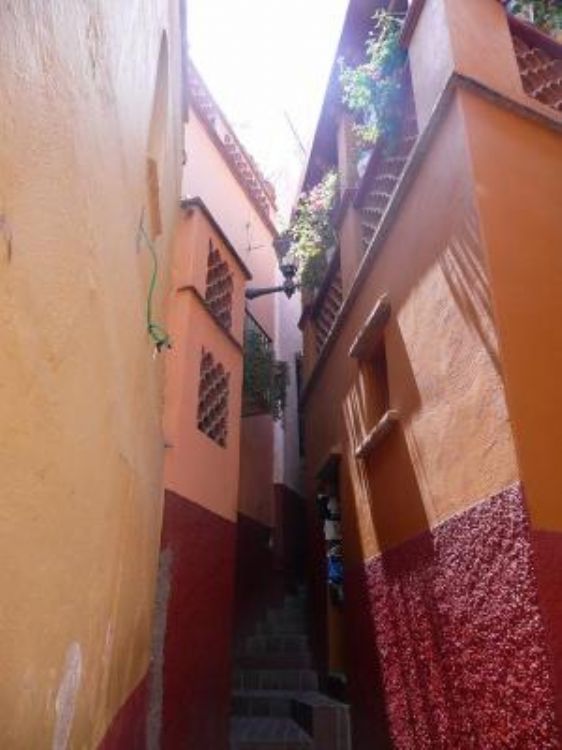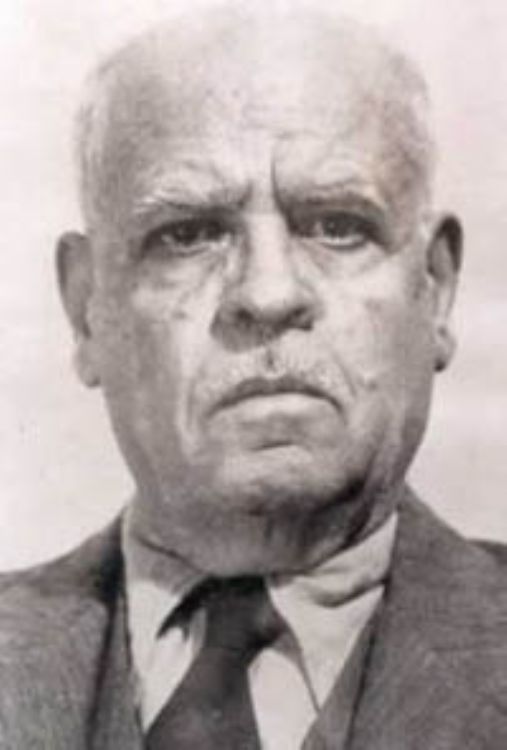Mexico's Presidents in the 19th Century
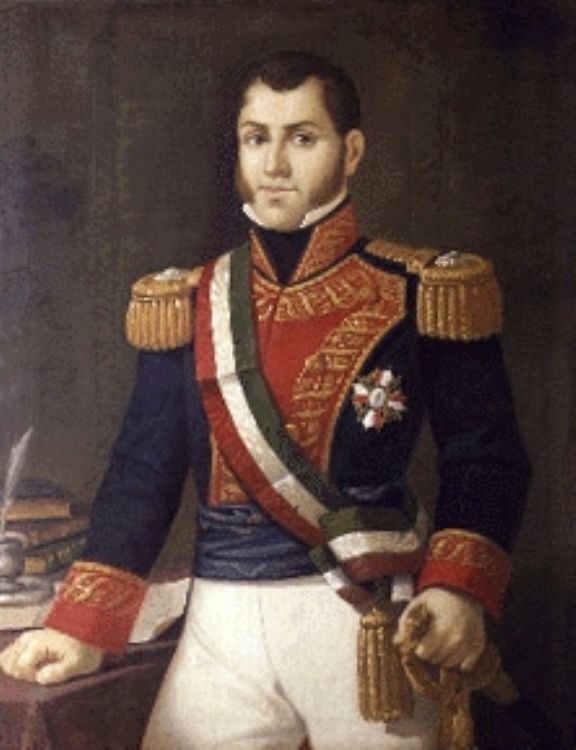
After Mexicoâs Independence, the country was in a constant political, social and economic chaos, involving those who wanted to head its government. General Guadalupe Victoria, one of the pioneers of the armed struggle, took possession of the presidency in 1824, later facing the Spanish troops in San Juan de Ulúa, one of the last. In 1829 he left the presidency. Another General, Vicente Guerrero divided between the presidency and his military performance, took charge of the latter in 1829, leaving José María Bocanegra as interim, who was defeated by an uprising in Mexico City a few days later.
Mr. Pedro Vélez, then president of the Supreme Court of Justice and for his investiture, is remembered by history as the President elected by the Congress for substituting José María Bocanegra, although he was the holder for only 9 days. Anastasio Bustamante, was one of the presidents who alternated power many times, besides Porfirio Díaz. Bustamante had a first presidential period from January 1830 to August 1832; a second from 1837 to 1839 and the last from that same year to 1841. Another General that ascended to the Presidency was Melcho Muzquiz, also for a short time, since he substituted Bustamante who had to go into a military campaign; he was in charge of the country for only four months and nine days, followed by Manuel Gómez Pedraza, who after winning the candidacy resigned due to pressure from the Santanista uprising.
Doctor Valentín Gómez Farías is another distinguished president that had, as others, different periods heading the government in 1833, in 1834 and from 1846 to 1847. One of the most conflictive presidential periods started after him, headed by Antonio López de Santa Anna who intermittently occupied the presidential chair eleven times, between 1833 and 1855.
Santa Anna was succeeded by General Miguel Barragán, named by the Chamber of Deputies as provisional president in 1835, for only 10 months. José Justo Corro substituted the former in 1836 until April of 1837. General Nicolás Bravo was not the exception; he had various presidential periods; 1839, 1842 to 1843 and 1846. Francisco Javier Echeverría was another president of brief mandate, named president in 1841 when some general ignored the authority of Bustamante. He was succeeded by Valentín Canalizo, in an interim from October 1843 to June 1844, and eventually handing the power over to Santa Anna.
It must be understood that after the recent independence, the country was living in a political and military uncertainty that obligated a continuous substitution of presidents, because they were in a military campaign alternating the presidential chair, which originated a search for interim presidents inside and outside the Supreme Court of Justice; or because of illness, political pressure from the opposition or personally resigning. That was the case for some of those mentioned before, and also of José Joaquín Herrera, who was interim president in 1845, later elected president, substituted by Mariano Paredes. He, through the Plan de San Luis, occupied the presidency in 1846. José Mariano Salas, legitimated with the Plan de Jalisco, was interim president during that same year, leaving it open again for General Santa Anna. Pedro María Anaya substituted Santa Anna when he left for the front lines and combating the North American invasion of 1847.
Other interim presidents or of short stay in the Presidency were Manuel de la Peña y Peña, in 1847 after the North American invasion; Mariano Arista as elected president in 1851, resigning in 1853; Juan Bautista Ceballos, who was not recognized as President by the Preference of Santa Anna. Manuel María Lombardi, based on the agreements of Arroyo Zarco, was president in 1853, followed by Martín Carrera, who was in charge from August 1855 to September of that same year. Rómulo Díaz de la Vega was another interim president in 1855.
Juan Álvarez with the support of the Plan de Ayutla, took possession in October of 1855, shaping one of the most consistent cabinets in the political confusion, although he resigned that same year. Ignacio Comonfort was a liberal president, who started to truly modify the institutional and legal life of the country after law proposals such as the Ley Lerdo referring to the re-amortization of clerical and civil goods. He was succeeded by Benito Juárez, one of the most representative Presidents of Mexican liberalism, and the most defining time in Mexicoâs history; the promulgation of the Leyes de Reforma, the time of Maximiliano and his later defeat.
Félix Zuloaga became president after the lack of recognition for Ignacio Comonfort in 1858, again occupying the post in 1859. Manuel Robles Pezuela was another man who occupied the presidency in an interim way between 1858 and 1859, supporting a foreign regime, for which he was executed. Miguel Miramón took the post and confronted Juárez, for which he was shot together with Maximiliano. José Ignacio Pavón was an interim while Miramón was given the post. Juan Nepomuceno Almonte was another man who lasted a very short time, since he represented the conservative opposition of Juárez. Sebastián Lerdo de Tejada, a distinguished politician, became president after the death of Benito Juárez.
At the end of the XIX century, Mexico lived its most controversial stability processes represented by Porfirio Díaz, who had been a military man and once followed Benito Juárez. He confronted the French troops and had great military achievements, which together with his political skills made him a candidate for the presidency, a privilege he only abandoned symbolically and intermittently until the revolutionary movement. José María Iglesias in that sense was constitutional president in 1876, but obligated by Díaz to retire. Other provisional presidents close to Díaz were Juan N. Méndez in 1876, Manuel González in 1880 and Francisco León de la Barra in 1911.
Artículo Producido por el Equipo Editorial Explorando México.
Copyright Explorando México, Todos los Derechos Reservados.
Foto: Wikipedia.Org

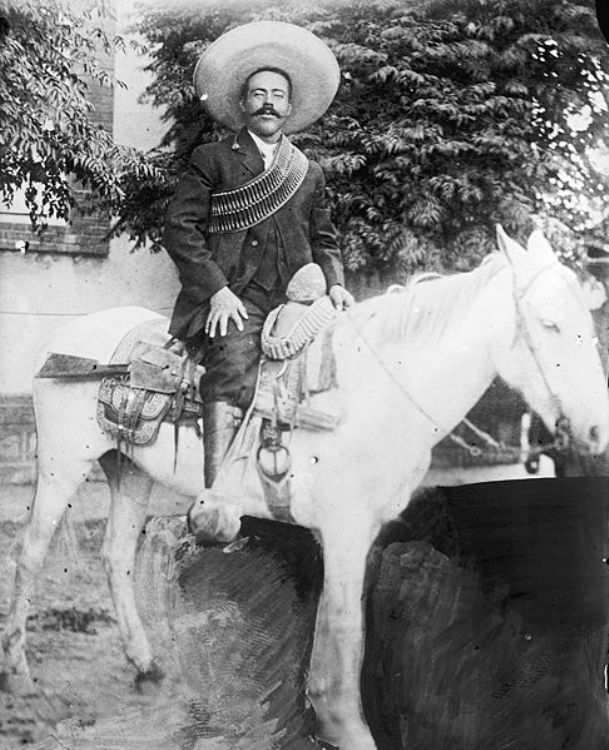
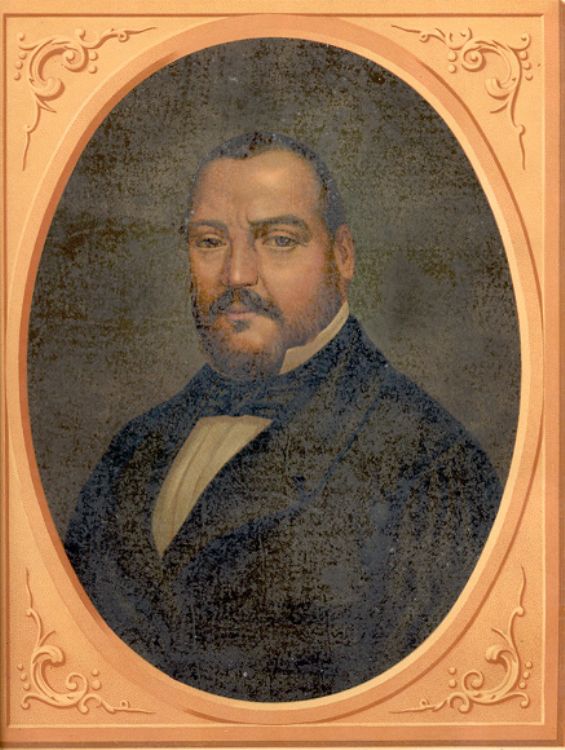
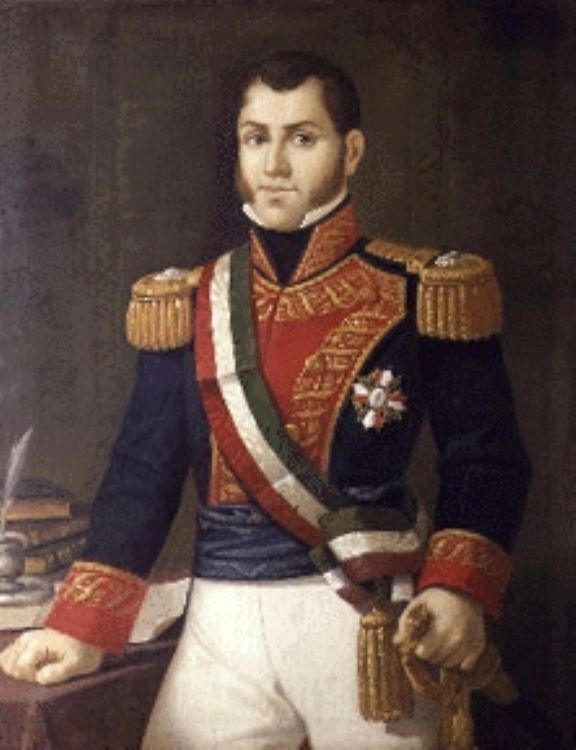
.jpg)
